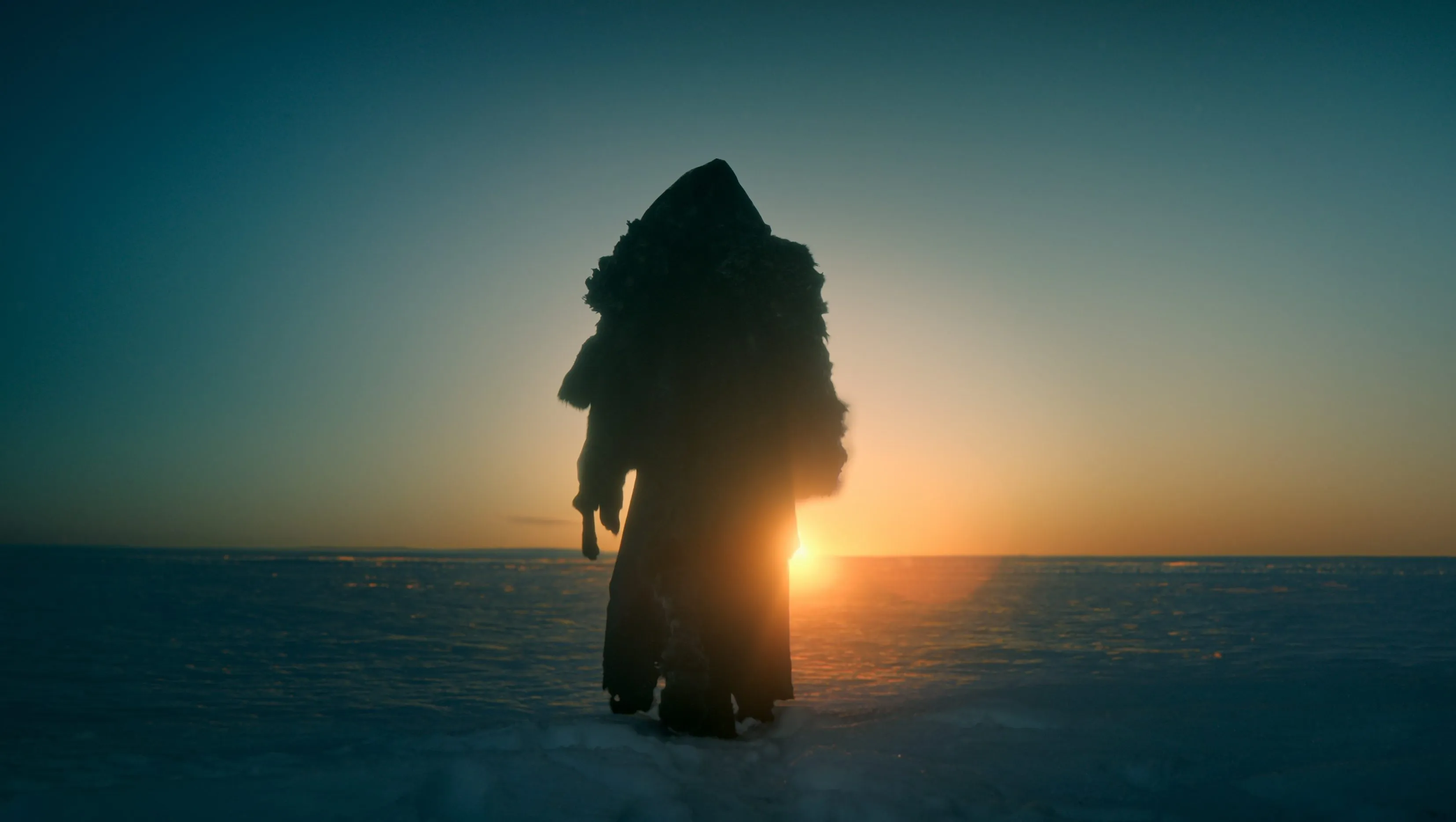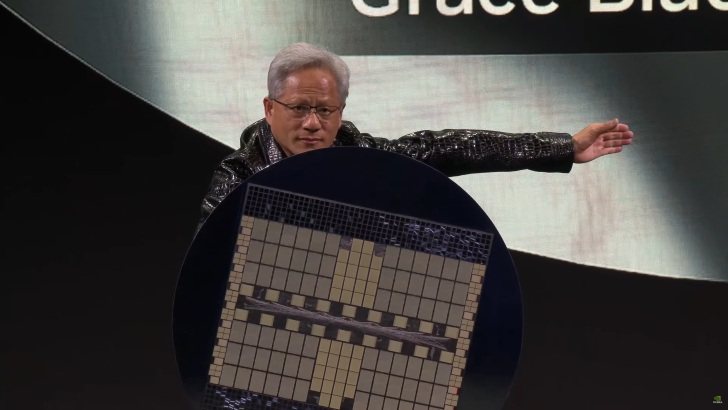Copyright HollywoodLife

Halloween may be over, but Guillermo del Toro resurrected one of literature’s most famous monsters. His latest Netflix film, Frankenstein, which, he’s emphasized, is not a horror, was in progress for years, and it has charmed audiences with its tribute to the original novel by Mary Shelley. But how does the movie compare to the 1818 book? Leading up to the release of his film, Del Toro said Shelley’s work was his “Bible,” but he “wanted to make it my own, to sing it back in a different key with a different emotion,” the filmmaker told Netflix’s Tudum. “Mary Shelley’s masterpiece is rife with questions that burn brightly in my soul: existential, tender, savage, doomed questions that only burn in a young mind and only adults and institutions believe they can answer.” Most modern adaptations of 19th-century classics emphasize the old era, which Del Toro didn’t want. “When [Shelley] wrote Frankenstein, it was not a period piece. It was a modern book, so I didn’t want you to see a pastel-colored period piece,” the director explained. Here, Hollywood Life compares Del Toro’s movie with Shelley’s original Frankenstein novel. Victor’s Father in Frankenstein Book vs. the 2025 Movie Victor’s father, Alphonse, is a loving and generous father to Victor in the book, and he dies of grief. In the movie, however, Victor’s father is an abusive doctor named Baron Leopold Frankenstein, who practically loathes his eldest son and wife, Baroness Claire Frankenstein. Leopold instills in Victor that he must maintain his legacy as a Frankenstein and raises him to be a surgeon. Victor’s Mother in the Book vs. the Movie Victor’s mother in the book is named Caroline, and she dies of scarlet fever. In the film, the mother’s name is Baroness Claire Frankenstein, and she dies a violent death while giving birth to her second son, William. Elizabeth in the Frankenstein Book vs. the Movie The character Elizabeth is a different figure in Shelley’s work and in Del Toro’s film. In the book, her name is Elizabeth Lavenza, Victor’s childhood friend, whom he is engaged to marry. In the movie, the character’s name is Lady Elizabeth Harlander, and she is engaged to Victor’s younger brother, William. She and Victor form a playful bond over their shared love of science, but she ultimately rejects Victor’s romantic advance and empathizes with the Creature. Elizabeth’s wedding night in the book is also a stark contrast to the one in the movie. The film emphasizes Victor’s own monstrous and impulsive ego when he catches Elizabeth and the Creature talking on her wedding night. Victor urges her to get away from the Creature as he prepares to shoot him, but Elizabeth takes the bullet in the chest. She dies at the hands of Victor as the Creature carries her to a cave-like grave. In the book, the Creature murders Elizabeth to get revenge on Victor. He strangles her on the couple’s wedding night. The Creature’s Companion in the Book vs. the Movie In Shelley’s novel, the Creature asks Victor to build him a female companion, to which the scientist agrees. However, Victor starts to worry about the possibility that his female creature could procreate. So, he destroys her. In the movie, Victor quickly rebuffs his creation’s request and expresses his disdain for a female creature’s ability to reproduce. No production on a female companion ever begins in the movie. The Creature’s Potential to Die: Books vs. the Movie At the end of the novel, the Creature encounters an expedition of soldiers sailing through the frozen Arctic (similar to the movie), and he tells their captain his intention to burn himself. Whether or not he goes through with his death is unknown, but he is not dead at the end of the book. In the movie, the Creature is unable to die. He cannot be fatally burned, stabbed or shot. His fate is left up in the air as he walks into the Arctic alone after helping the crew of soldiers sail back home.



